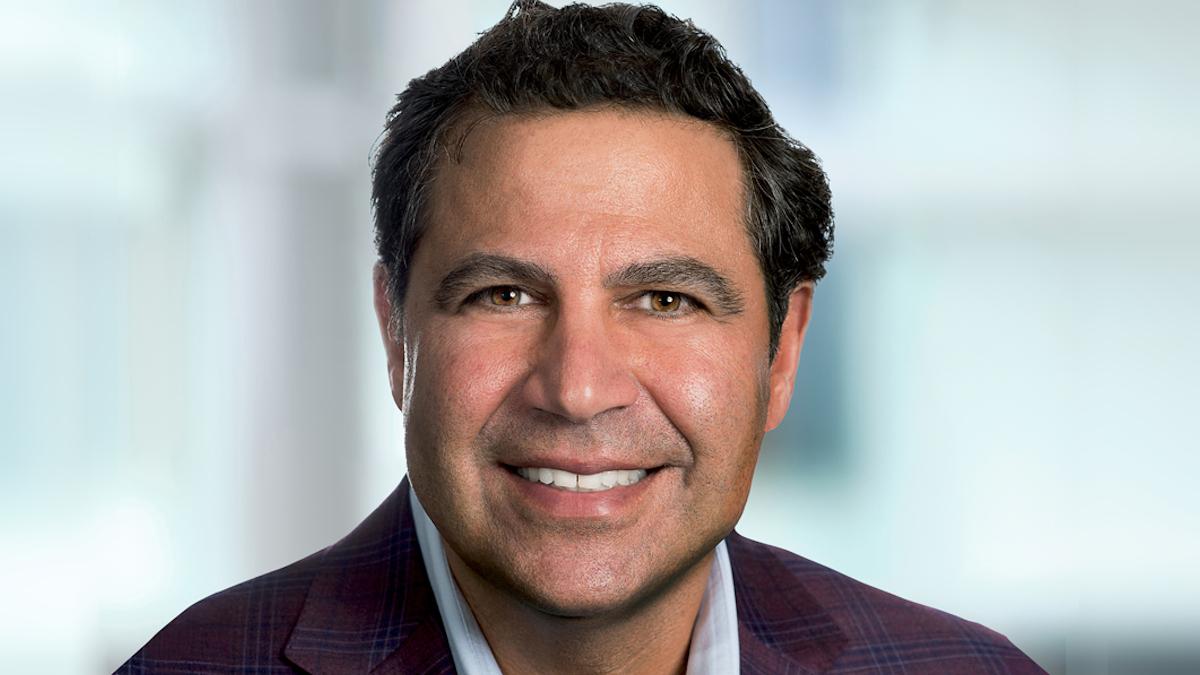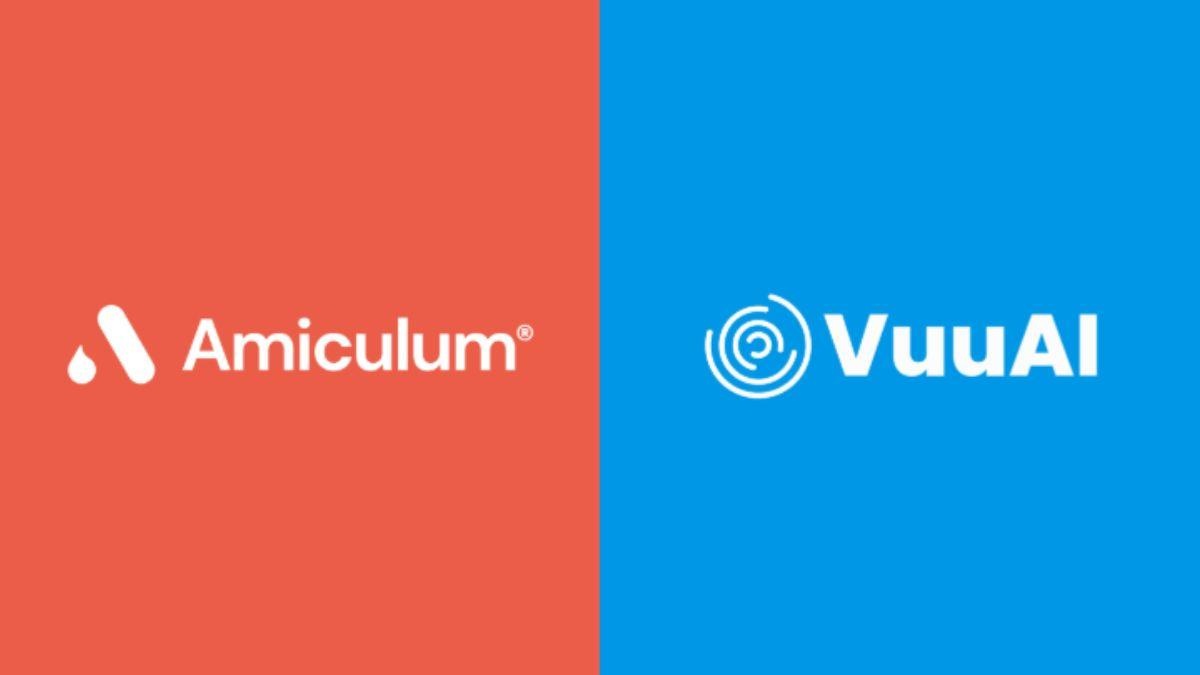When costing and compliance collide

Only a few years ago, compliance was the undisputed top priority in the pharmaceutical industry - regardless of cost. Companies operated under the principle that regulatory adherence was paramount, sparing no expense to ensure robust compliance programmes.
But today the landscape has shifted dramatically. Now, organisations are asking a new question: “How can we maintain compliance while aggressively reducing costs?”
And therein lies the collision.
Industry at a crossroads
Last year, the pharmaceutical industry laid off a total of 14,010 jobs in the US - 12,859 more than were lost in 2023.* Layoffs, driven by long-term restructuring efforts, are forcing companies to make tough decisions about resource allocation. Compliance requirements, meanwhile, are becoming increasingly complex, adding pressure to already lean teams.
Adjusting headcount has fast become a fact of life for the pharmaceutical/biotech industry - and with compliance needs and requirements becoming tighter (and therefore even more difficult to meet), costing and compliance have become competing priorities in today’s market.
Even companies known for industry-leading compliance programmes are now facing the same dilemma. How do they maintain excellence while implementing cost-cutting measures? How do they balance automation and AI-driven efficiency with the need for a strong, personalised healthcare provider (HCP) experience?
Navigating the compliance-cost dilemma
Some organisations with international reach favour a global compliance system. Centralised data, standardised processes, and reduced manual burden are clear benefits. However, implementing such a system is a significant undertaking, requiring both financial and strategic investment.
AI has emerged as a powerful tool in compliance efforts, promising automation, efficiency, and cost reduction. Yet, paradoxically, clients don’t want to pay for a system to do the cost-cutting, nor do they want to pay for system enhancements, even if they drive savings in the long run. They want a system that enables them to be compliant at a lower cost, and which requires less people to support the effort. Companies want compliance solutions that are cost-effective, adaptable, and resource-efficient, functioning like an amoeba, shifting shape as needed while still capturing critical compliance data for audits.
Striking the balance between automation and human connection
As with other industries, the pharmaceutical industry is one that’s becoming more and more reliant on technology. But just having the latest, greatest, and most up-to-date technology doesn’t guarantee a great HCP experience or ensure your compliance mandate will be met. While automation is undoubtedly key to cost-saving and assured compliance in the long run, it can be a double-edged sword. Technology may be great for automating, but not at the cost of human interaction.
HCPs, especially the younger generation of physicians, certainly appreciate automation: they appreciate getting paid quicker and being able to make contracting easier. However, the ‘doing more with less people’ part of automation puts the all-important ‘HCP experience’ at risk - because, ultimately, HCPs don't appreciate losing that higher level connection and relationship.
Therefore, companies must strike a delicate balance: integrating technology while maintaining meaningful connections with HCPs - which means:
- providing innovative, useful technology that HCPs will want to use - showing you are keeping up with their needs - and that has the ability to automate as much as possible;
- ensuring automation offers some level of interaction, engagement, and connection. The aim is to enhance, not replace, relationships which, after the recent layoffs, this will be greatly appreciated by those employees now handling increased workloads; and
- designing communication channels that are easy, intuitive, and light touch to use, and can automate as much as possible.
Smart outsourcing: A strategic move
Compliance is everyone's job. It’s a team effort, and it’s all about accountability. In this new era of cost-cutting, it makes little sense to allocate high-value, high-cost internal resources to routine compliance tasks. Outsourcing compliance programmes to specialised partners ensures proper contract execution and regulatory reporting without overburdening internal teams. By leveraging external expertise, pharma companies can maintain compliance while optimising operational efficiency.
The power of data analytics in compliance
Data analytics, meanwhile, is fast becoming a cornerstone of modern compliance strategies. Real-time monitoring, early detection of process failures, and dynamic dashboards empower organisations to proactively address compliance risks before they escalate.
With fewer employees handling greater workloads, leveraging analytics-driven insights is essential for maintaining compliance without increasing costs.
Future-proofing compliance programmes
Regulatory landscapes shift with changes in government policies and corporate leadership. What is acceptable today may not align with tomorrow’s mandates. To remain agile, companies need compliance systems that are:
- Flexible enough to adapt to evolving regulations.
- Seamlessly integrated across global markets.
- Designed to enhance efficiency, allowing sales teams to focus on commercial growth, rather than administrative burdens.
Additionally, investing in configurable, scalable compliance solutions - rather than rigid, expensive-to-maintain systems - will be crucial in navigating ongoing industry disruptions.
A transformational approach to compliance
Through enhanced configurability, deeper data insights, or smarter system integrations, this approach ensures compliance remains robust, even in an era of cost reduction. Unburdening expensive sales teams of clumsy, time-consuming processes will ensure their promotional effort can be utilised to full potential, as will super-powering sales reps and promotional teams with processes that enable them to make the most of opportunities and perform more competitively.
Systems are increasingly expensive to maintain. Technology is not trivial, but compliance isn't a flick of a switch either. There are several steps that one must go through to ensure the engagement with a particular HCP is compliant. Starting at the recruitment process stage, it’s as important for a client to understand who is unable to attend as it is to understand who is able to attend. This kind of insight is immensely helpful because, if an HCP is unable to attend, from this you can learn the timings they need to attend an engagement in the future.
Cost and compliance may be colliding but, with the right strategy, organisations can navigate this intersection effectively. By embracing innovation, maintaining a human touch, and leveraging expert partnerships, pharmaceutical companies can achieve compliance excellence - without breaking the bank.
*source: Challenger, Gray & Christmas
About the author
 Ellen Varelas is founder & CEO of LectureLinx, Inc, a global provider of innovative compliance technology and services solutions for the bio-pharmaceutical industry. With a wide and diverse 30-year professional career in patient care delivery, clinical research, pharmaceutical marketing, and consulting, Varelas brings a unique perspective to the commercial needs of the industry and its interaction with healthcare providers.
Ellen Varelas is founder & CEO of LectureLinx, Inc, a global provider of innovative compliance technology and services solutions for the bio-pharmaceutical industry. With a wide and diverse 30-year professional career in patient care delivery, clinical research, pharmaceutical marketing, and consulting, Varelas brings a unique perspective to the commercial needs of the industry and its interaction with healthcare providers.












